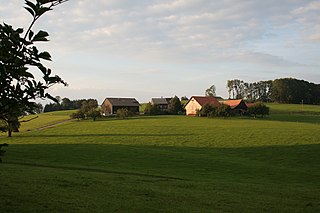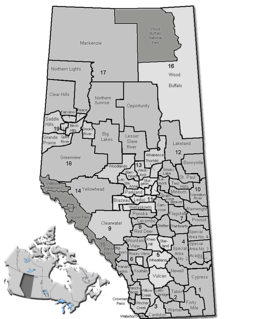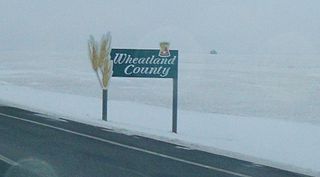Municipal District of Foothills No. 31 | ||
|---|---|---|
Municipal district | ||
| ||
Location of Foothills No. 31 in Alberta | ||
| Coordinates: 50°34′51″N113°52′28″W / 50.58083°N 113.87444°W Coordinates: 50°34′51″N113°52′28″W / 50.58083°N 113.87444°W | ||
| Country | ||
| Province | ||
| Region | Calgary Region | |
| Census division | No. 6 | |
| Established | 1944 | |
| Incorporated | 1944 | |
| Government | ||
| • Reeve | vacant | |
| • Governing body | M.D. of Foothills Council
| |
| • Manager | Harry Riva Cambrin | |
| • Office location | High River | |
| Area (2016) [2] | ||
| • Land | 3,636.8 km2 (1,404.2 sq mi) | |
| Population (2016) [2] | ||
| • Total | 22,766 | |
| • Density | 6.3/km2 (16/sq mi) | |
| Time zone | UTC-7 (MST) | |
| Website | mdfoothills.com | |
The Municipal District of Foothills No. 31 is a municipal district in southern Alberta, Canada adjacent to the south side of Calgary in Census Division No. 6. Despite sharing a common border with the City of Calgary of more than 20 kilometers and enveloping an agglomerate population of more than 70,000 people it has never been considered a part of the Calgary Census Metropolitan Area (CMA) by Statistics Canada. However, with membership in a regional metropolitan economic association, this Municipal District and its enclosed towns are generally accepted as constituent population, social and economic components of the Greater Calgary area.

Alberta is a western province of Canada. With an estimated population of 4,067,175 as of 2016 census, it is Canada's fourth most populous province and the most populous of Canada's three prairie provinces. Its area is about 660,000 square kilometres (250,000 sq mi). Alberta and its neighbour Saskatchewan were districts of the Northwest Territories until they were established as provinces on September 1, 1905. The premier has been Rachel Notley since 2015.

Canada is a country in the northern part of North America. Its ten provinces and three territories extend from the Atlantic to the Pacific and northward into the Arctic Ocean, covering 9.98 million square kilometres, making it the world's second-largest country by total area. Canada's southern border with the United States, stretching some 8,891 kilometres (5,525 mi), is the world's longest bi-national land border. Its capital is Ottawa, and its three largest metropolitan areas are Toronto, Montreal, and Vancouver. As a whole, Canada is sparsely populated, the majority of its land area being dominated by forest and tundra. Consequently, its population is highly urbanized, with over 80 percent of its inhabitants concentrated in large and medium-sized cities, with 70% of citizens residing within 100 kilometres (62 mi) of the southern border. Canada's climate varies widely across its vast area, ranging from arctic weather in the north, to hot summers in the southern regions, with four distinct seasons.

Calgary is a city in the Canadian province of Alberta. It is situated at the confluence of the Bow River and the Elbow River in the south of the province, in an area of foothills and prairie, about 80 km (50 mi) east of the front ranges of the Canadian Rockies. The city anchors the south end of what Statistics Canada defines as the "Calgary–Edmonton Corridor".











